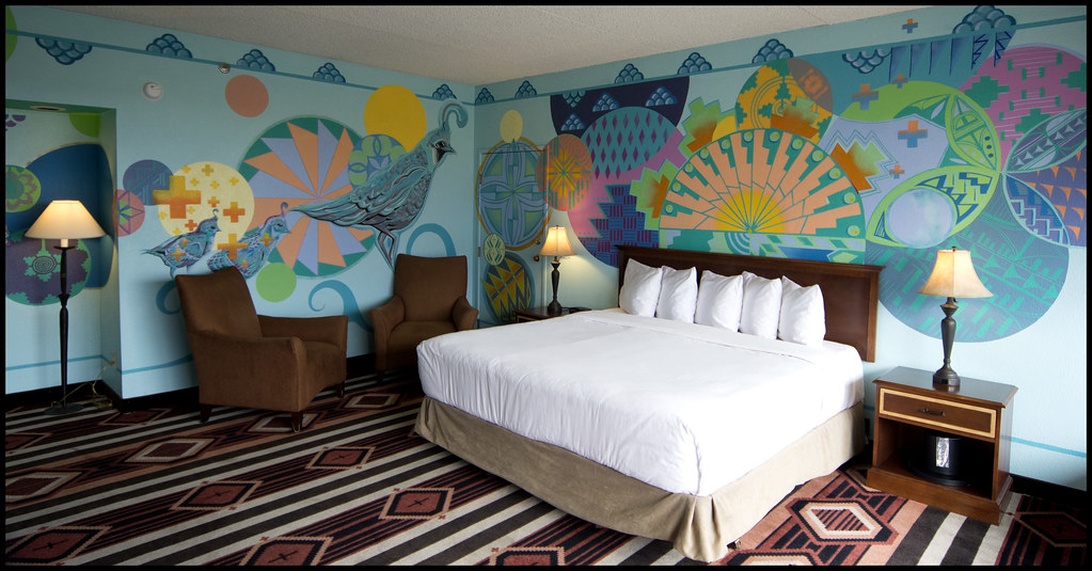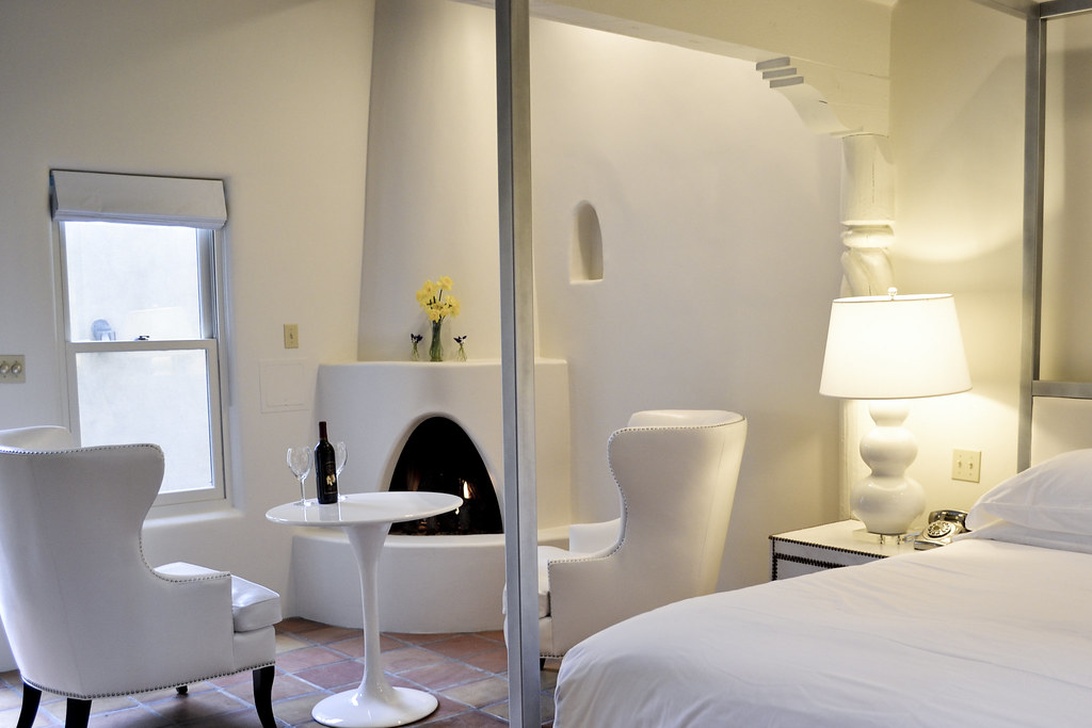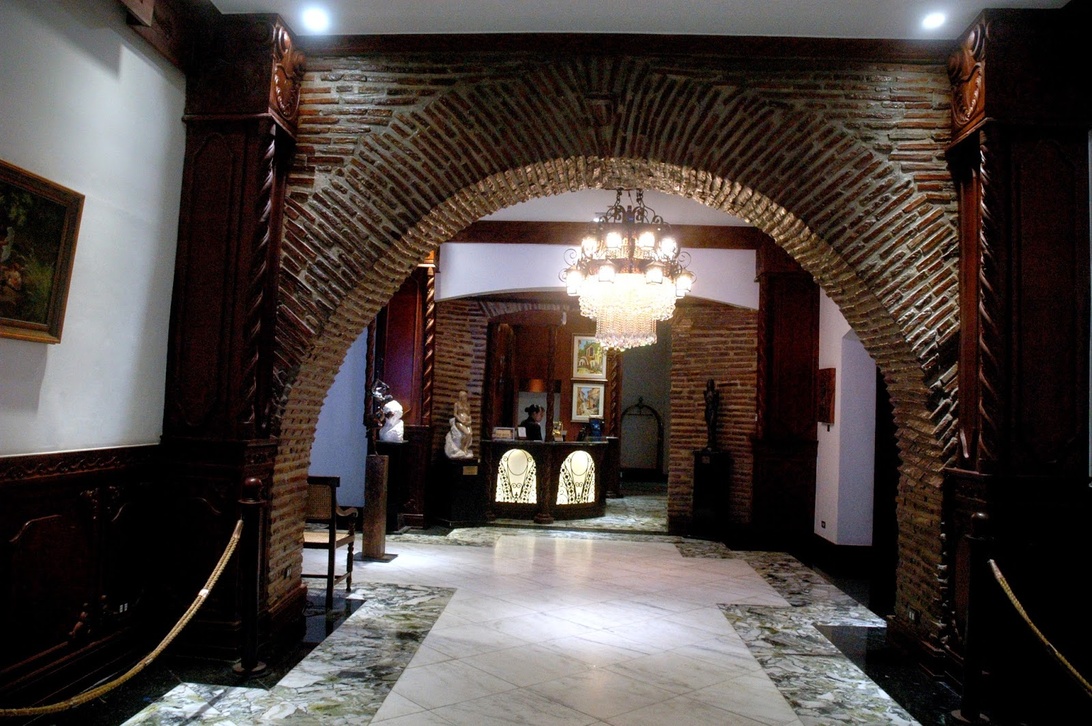There’s a certain magic that transforms a simple bed and breakfast stay from a comfortable night’s sleep into a cherished memory. As someone who has not only frequented countless B&Bs across continents but now pours my heart into running Oak Hills Stables, I’ve come to believe that this magic often lies in the details, and increasingly, in the art that adorns our walls and spaces. We’re moving beyond generic, mass-produced prints. Today, savvy B&B owners understand that incorporating local art is not just about aesthetics; it’s about storytelling, creating connections, and offering an experience that resonates deeply with guests long after they’ve departed. It’s about infusing your establishment with a soul, a personality that is uniquely tied to its surroundings, offering a genuine slice of the local culture and supporting the creative community that brings it to life.
The heartbeat of authenticity connecting guests to place and culture
Local art serves as a vibrant storyteller, offering guests an intimate narrative of the region’s unique identity, its history, and its contemporary spirit. When a guest walks into a B&B and is greeted by a piece of art crafted by a neighborhood artist, or a sculpture that reflects local lore, they are instantly offered a more genuine glimpse into the local way of life. This moves far beyond superficial tourism, inviting a deeper engagement with the destination. Establishments like Hotel McCoy have beautifully embraced this, using local, authentic, and carefully selected art to embody the community’s spirit and create an authentic, non-generic atmosphere. They even run a provisions-free art program where local artists can exhibit and sell their work, with 100% of the proceeds going directly to the artist. It’s this authenticity that transforms a B&B from a mere place to stay into a portal to the local culture, making the experience richer and more meaningful.
Meeting the traveler’s demand for authentic cultural immersion
The modern traveler, I’ve observed, is increasingly on a quest for these authentic experiences. They crave more than just a picturesque view; they want to feel connected to the places they visit. This growing desire for cultural immersion is well-documented; for example, insights from a 2023 Booking.com survey reveal that a significant 75% of travelers are actively seeking experiences that represent the local culture. Local art is a powerful and immediate way to meet this demand. By curating pieces that speak of the area’s heritage or current creative pulse, a B&B can become a destination in itself, offering a unique cultural immersion that standard hotels often miss. This approach not only satisfies the guest’s desire for authenticity but also enriches their overall travel narrative, providing them with stories and memories to take home.
Cultivating a ‘sense of place’ through art
This concept of creating a ‘sense of place’ is paramount. Art reflecting local culture, history, or landscape provides guests with an authentic taste of the destination’s unique charm. It’s about making your B&B an extension of the locale, not an isolated entity. When art is thoughtfully chosen, it helps guests feel a more profound connection to the place they are visiting, turning their stay into a more meaningful and memorable event. This deepens their appreciation not just for your B&B, but for the entire community they are exploring. A well-curated art collection, especially one focusing on local artists or themes, can become a signature that guests remember, contributing to the B&B’s unique identity and brand.
Beyond aesthetics the emotional and economic ripple effects of local art
Evoking emotion and enhancing ambiance
The impact of art extends far beyond its visual appeal; it touches us on an emotional level. A thoughtfully chosen piece can transform the ambiance of a room, evoking feelings of warmth, curiosity, or tranquility. I’ve seen how a vibrant painting can energize a common space, or a serene sculpture can create a pocket of calm in a bustling B&B. As noted in resources discussing the value of art, being surrounded by unique, non-mass-produced art can even have therapeutic benefits, such as reducing stress and stimulating creative thinking for guests. Art has the power to lift moods and make guests feel comfortable and welcome, which is the cornerstone of true hospitality. This emotional resonance is key to creating those lasting, positive memories we strive for.
Fostering community and economic support
Moreover, embracing local art creates a wonderful, positive ripple effect that benefits the wider community. When a B&B chooses to display and perhaps even facilitate the sale of works by local artists, it becomes an active patron of the arts. This direct support, as highlighted by sources like ArtBase, bolsters the local economy, fosters community pride, and provides invaluable exposure for talented individuals. It’s a symbiotic relationship: artists gain a platform, and the B&B gains unique, meaningful decor that tells a story. Local art infuses a space with cultural warmth and a sense of community solidarity, making it easier for guests to connect with the local environment. This commitment to local talent often resonates strongly with guests who appreciate businesses that invest in their communities.
Creating a unique selling proposition
In an increasingly competitive market, local art can also serve as a powerful unique selling proposition. It’s a way to differentiate your B&B, to give it a distinct personality that stands out. In an age where travelers have countless options, showcasing what makes your establishment unique is crucial. Local art helps tell your B&B’s story and visibly demonstrates your values, such as a commitment to community and authenticity. This can be particularly appealing to guests looking for more than just a bed for the night; they’re seeking an experience with character and depth. A striking piece of local art in the entryway can create an immediate, memorable first impression, setting the tone for a special stay.

A guest room transformed by a vibrant local mural, showcasing how art creates an immersive and unique boutique experience. This kind of distinctive artwork, perhaps featuring local flora or scenes, turns a simple room into a memorable space.
Imagine a guest room transformed by a vibrant mural depicting local flora, like the one pictured above, or a cozy reading nook made special by a handcrafted ceramic piece. These aren’t just decorative touches; they are conversation starters and memory makers. The careful selection and placement of such pieces demonstrate an attention to detail that guests truly appreciate, making their experience feel more curated and personal.
Curating the experience practical ways to integrate local art
Integrating local art into your B&B doesn’t have to be an overwhelming task; it’s an exciting creative process. Strategies can range from displaying individual paintings or photographs in guest rooms to commissioning a large-scale mural for a common area or even the exterior of your building. The key is thoughtful curation that aligns with your B&B’s unique identity and the story you want to tell. Considering the scale, medium, and placement of art is crucial for how it interacts with the environment and contributes to the overall guest experience. The goal is to create a cohesive and immersive atmosphere where the art feels like an integral part of the B&B’s fabric, not an afterthought.
Collaboration is often at the heart of a successful local art program. Consider partnering directly with local artists. This could involve hosting rotating exhibitions, offering your spaces for artists to display their work on a commission-free basis (a wonderfully supportive model where artists keep 100% of sales), or even offering short-term artist residencies. Such initiatives not only provide fresh and evolving artwork for your guests to enjoy but also position your B&B as a dynamic cultural hub within the community. To further foster this sense of community and streamline collaborations, especially if working with multiple artists or organizing frequent art-related events, B&B owners can significantly benefit from understanding how a social intranet empowers modern workplaces. Such platforms can inspire innovative ideas for managing artist networks, sharing exhibition schedules, or even co-creating promotional materials, thereby enhancing the B&B’s role as a cultural hub and fostering a sense of discovery for guests alongside genuine support for the arts.
And why stop at wall art? The concept of ‘local art’ can be wonderfully broad. Think about incorporating locally crafted furniture, unique textiles woven by regional artisans, or distinctive pottery for serving breakfast. You can also extend the art experience beyond your B&B’s walls by actively promoting local art events, galleries, and studios. For instance, informing guests about local fine art festivals can significantly enrich their visit. Some tourism bodies even suggest the possibility of artist-led walks or workshops where guests can create their own art, resulting in a tangible souvenir and a deeply personal memory of their stay. These interactive elements can transform passive appreciation into active engagement.

A minimalist room featuring a traditional kiva-style fireplace, an example of how local architectural elements like this distinctive Southwestern corner fireplace often found in adobe homes, can serve as art.
Even architectural elements, like a traditional kiva-style fireplace (a distinctive Southwestern corner fireplace, often built into a corner and typically found in adobe or Pueblo-revival architecture), can be a form of local artistry, connecting the space deeply to its cultural roots and enhancing that sought-after sense of place. It’s about creating an environment where every detail contributes to a cohesive and authentic narrative, as seen in the room above where the fireplace becomes a focal point of regional design.
Making art accessible and engaging
Sometimes, the most delightful artistic touches are found in unexpected places. Incorporating creative illustrations by local talents on guest key cards, welcome notes, or even coasters can provide an immediate and charming introduction to the local culture. These small, accessible pieces of art become delightful little takeaways, subtle reminders of the unique character of your B&B and the region. It shows a level of thoughtfulness that guests often remember.
To truly enhance the guest’s connection with the art, consider providing a little context. A small card next to a piece identifying the artist and perhaps a brief note about their inspiration, or a curated art guide for your B&B, can significantly deepen appreciation. This storytelling element transforms the art from mere decoration into a point of connection and learning. When guests understand the story behind the art, the experience becomes richer and more personal, helping to convey cultural identity and connect them to local history.
The enduring impression why art infused B&Bs resonate deeply
Ultimately, the integration of local art can elevate a bed and breakfast from simply providing accommodation to offering a genuine cultural destination. It’s about creating an environment that stimulates the senses and the mind, offering a more stimulating experience that provides a sense of place and individuality. The memories guests take away from such unique, artful environments are often more vivid and cherished precisely because they are tied to these distinct visual and cultural encounters. These are the kinds of details that spark conversations and inspire return visits.
The presence of thoughtfully selected local art plays a significant role in building your B&B’s brand and reputation, reflecting values that resonate with many modern travelers. Authentic artwork can enhance the perceived quality of the stay and foster a deeper connection, potentially leading to guest loyalty and enthusiastic word-of-mouth recommendations. In essence, the art becomes part of your B&B’s identity, a signature element that guests remember and share. The ambiance of shared spaces, such as an inviting hotel entrance with its unique architectural features and carefully chosen artwork, often sets the first artistic impression and welcomes guests into the B&B’s story.

An inviting B&B lobby with a distinctive brick archway, marble flooring, and local artwork demonstrates how entrances can immediately set an artistic and welcoming tone.
Investing in local art, therefore, is far more than a decorative choice; it’s an investment in the very soul of your bed and breakfast and in the richness of the experience you offer. It’s about weaving a unique tapestry of stories, colors, and textures that not only beautify your space but also create a profound and lasting connection with every guest who walks through your door. It’s this thoughtful curation, this celebration of local creativity, that truly transforms a stay into an unforgettable journey.

